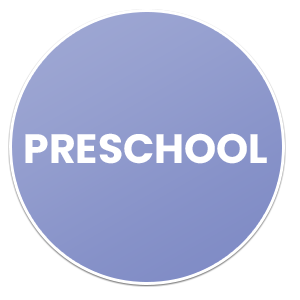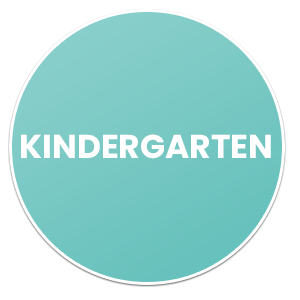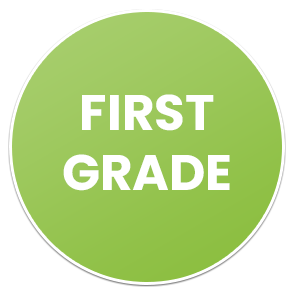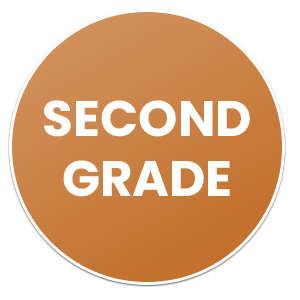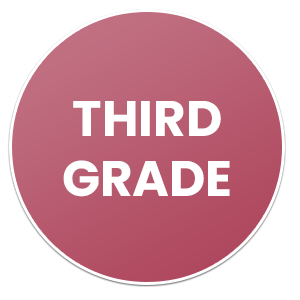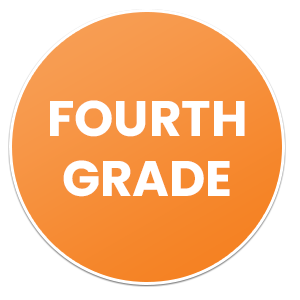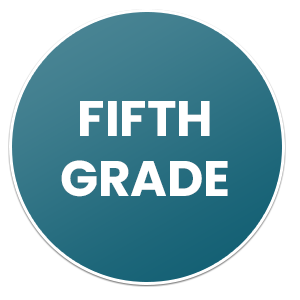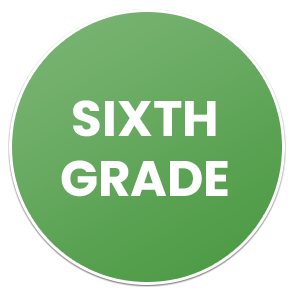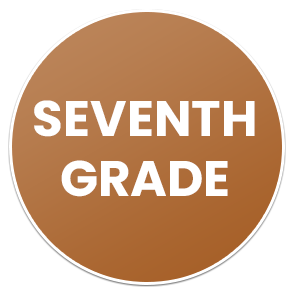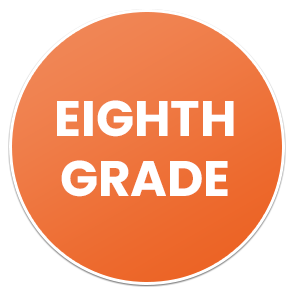How to Teach Preschool
Pre-K Homeschool Curriculum
Are you considering homeschooling your little one at the pre-K level but feeling a bit overwhelmed or uncertain about where to start? You’re not alone! Starting your child’s educational journey with a pre-K homeschool curriculum can be exciting, rewarding, and easier than you think! We’ll explore the benefits of starting early, what to include in an early childhood curriculum, how to teach preschool at home, and why BookShark homeschool curriculum Pre-K might just be the best option out there. Let’s dive in!


What Does An Early Childhood Curriculum Include?
When it comes to the early childhood curriculum for Pre-K homeschooling, there are a variety of subjects and activities included to foster holistic development in young learners.
The pre-k homeschool curriculum typically encompasses foundational skills such as language arts, math, science, social studies, art, music, and physical education. These subjects are taught in an interactive and hands-on manner to engage children’s natural curiosity and creativity.
Language arts activities may involve storytelling, phonics exercises, and vocabulary building. Math concepts can be introduced through counting games, pattern recognition, and shape sorting. Science explorations often include simple experiments that spark wonder about the world around them.
In addition to academic topics, early childhood curricula also emphasize social-emotional development by teaching important life skills like communication, cooperation with others, problem-solving strategies, and self-regulation techniques. This well-rounded approach aims to prepare young learners for success, not just academically but also socially and emotionally as they grow.
Benefits to Starting Homeschool At The Pre-K Level
Starting homeschool at the pre-K level offers numerous benefits for both you and your child. It allows for a flexible and personalized learning pre k curriculum homeschool experience tailored to your child’s unique needs and interests. You can create a nurturing environment where your little one can learn at their own pace, fostering a love for learning from an early age.
Homeschooling at the pre-K level also provides opportunities for meaningful one-on-one interactions, promoting a strong parent-child bond while laying a solid foundation for future academic success. By starting early with a pre-k homeschool curriculum, you can instill important values, social skills, and foundational knowledge that will benefit your child throughout their educational journey.
Additionally, homeschooling at the pre-K level allows you to be actively involved in shaping your child’s educational experience, ensuring they receive individualized attention and support every step of the way.
How Can I Teach Pre-K Curriculum at Home?
Teaching preschool at home can be a rewarding experience for both you and your child. One of the key elements is creating a pre-k homeschool curriculum structured routine that includes daily activities like reading, playing, and learning through hands-on experiences.
Incorporate educational games, puzzles, and toys to make learning fun and interactive. Utilize resources such as online educational platforms, books, and worksheets tailored for preschoolers to enhance their learning.
Engage in activities that promote cognitive development, fine motor skills, social interaction, creativity, and language acquisition. Encourage curiosity by exploring nature walks or conducting simple science experiments right in your backyard.
Create a cozy learning environment with designated spaces for different activities like reading nooks or art stations. Be flexible with your approach and adapt teaching methods based on your child’s interests and pace of learning.
Stay patient, positive, and supportive throughout the homeschooling journey to foster a love for learning in your little one.
Is Teaching Pre-K Hard?
Teaching Pre-K can present its challenges, but it can also be incredibly rewarding. It requires patience, creativity, and flexibility to engage young children effectively. Planning activities that cater to their short attention spans and energy levels is key.
One of the challenges of teaching Pre-K homeschool curriculum is maintaining their focus and keeping them engaged throughout the day. Finding innovative ways to make learning fun and interactive is essential for their development.
Another aspect that can make teaching Pre-K challenging is managing different learning styles within a single classroom. Adapting your teaching methods to accommodate visual, auditory, and kinesthetic learners can require extra effort but yields great results.
Creating a structured yet flexible routine helps establish a sense of stability for young learners. Setting clear expectations while allowing room for exploration fosters independence and confidence in their abilities..

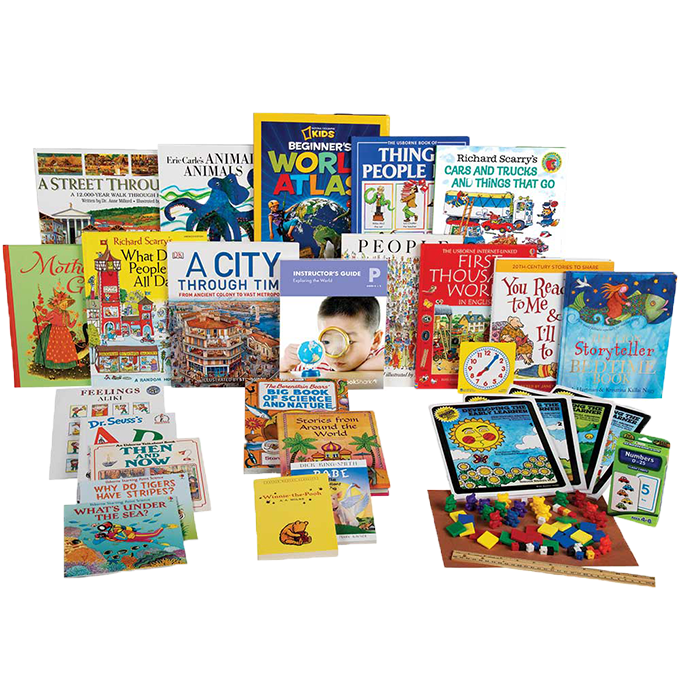
What Does A Pre-K Lesson Plan Look Like?
A Pre-K lesson plan is like a roadmap for your child’s learning journey. It typically includes activities that focus on developing essential skills in various areas such as language, math, science, art, and social-emotional development.
In a typical Pre-K lesson plan, you may find engaging activities like storytelling to enhance language skills or hands-on math exercises using counting blocks. Science experiments can spark curiosity and creativity while art projects encourage self-expression.
Social-emotional activities teach children how to interact with others positively and manage their emotions effectively. Circle time may involve singing songs or playing games to promote social skills.
Physical activities are also included to help children develop gross motor skills through movement and coordination exercises. A well-rounded Pre-K lesson plan caters to the holistic development of your child in a fun and educational way.
What Should I Teach in Pre-K?
When it comes to teaching a Pre-K curriculum at home, the focus should be on fostering a love for learning through play and exploration.
Math skills can be introduced by counting objects, sorting shapes, and recognizing patterns. Reading readiness can involve reading aloud, introducing letter sounds, and exploring books together.
Encourage creativity with art activities like painting, drawing, and crafting. Develop fine motor skills through cutting with safety scissors and practicing handwriting.
Science concepts can be taught through simple experiments like mixing colors or observing nature in your backyard. Social-emotional skills are important too – teach empathy, cooperation, and problem-solving.
Physical development is also crucial at this age – incorporate activities that promote gross motor skills like running, jumping, and balancing.

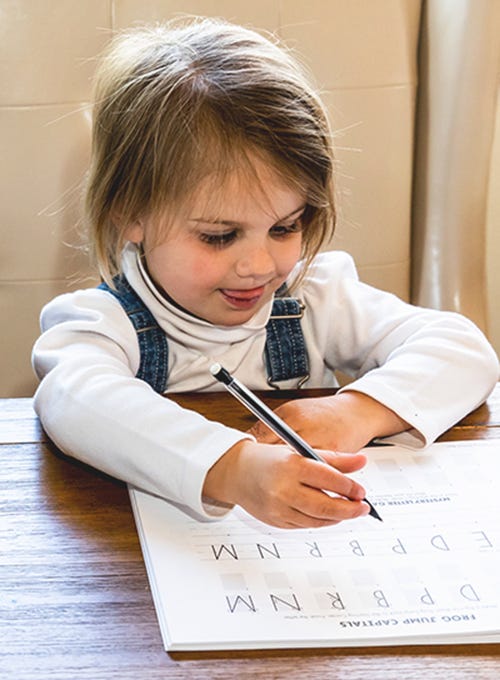
Best Ways to Teach A Pre-K Curriculum
When it comes to teaching a Pre-K curriculum at home, there are several effective methods to engage young learners and make the learning experience fun and interactive. One of the best ways is through hands-on activities that allow children to explore and learn through play. Incorporating games, puzzles, arts and crafts can help keep them engaged while developing important skills.
Another great way to teach a Pre-K homeschool curriculum is by incorporating music and movement into lessons. Children at this age love to sing, dance, and move around, so integrating songs and physical activities can enhance their learning experience.
Utilizing storytelling is also an effective method for teaching young children. Reading books aloud, acting out stories using props or puppets can captivate their imagination and improve language development.
Encouraging curiosity by asking open-ended questions can stimulate critical thinking skills in preschoolers. This approach fosters creativity and encourages children to explore new ideas independently.
Incorporating sensory experiences such as touch-and-feel activities or sensory bins can also enhance learning for Pre-K students by engaging multiple senses during lessons.
How Do I Homeschool in My State?
Homeschooling laws vary significantly from state to state. It’s crucial to understand the regulations that apply where you live.
Begin by researching your state’s education department website for specific guidelines on homeschooling requirements. Some states have strict registration processes, while others are more relaxed.
Once familiar with the laws, consider joining a local homeschool group or co-op. These communities can provide valuable resources and support.
Don’t forget about curriculum options; some states require certain subjects to be taught. Look into various programs that align with those requirements and fit your educational philosophy. While homeschooling by grade level is a good starting point, finding the right curriculum for you and your child will ensure a successful learning experience.
Keep records of your child’s progress as many states ask for documentation like attendance logs and samples of work throughout the year. This will help ensure compliance while also tracking your child’s learning journey effectively. For the most up-to-date information see your state’s Department of Education
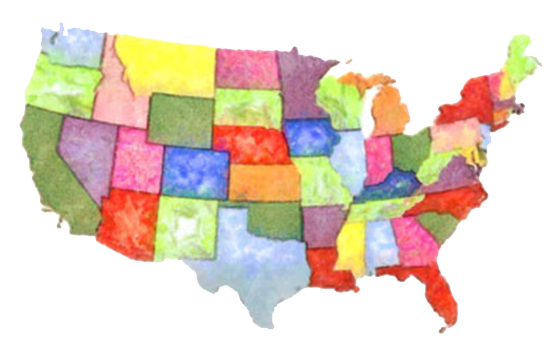

Why BookShark Pre-K Is The Best Option
BookShark offers a comprehensive and engaging pre-k homeschool curriculum that is designed to make learning fun and effective for both children and parents. Their curriculum includes a wide range of subjects, such as language arts, math, science, history, and more, all carefully curated to meet the developmental needs of preschoolers. With easy-to-follow lesson plans, hands-on activities, and quality materials provided in their packages, BookShark makes it convenient for parents to guide their little ones through early education.
By choosing the BookShark pre-k homeschool curriculum, you can rest assured that your child will receive a solid foundation for future academic success while fostering a love for learning from an early age. So why settle for anything less when you can give your child the best start with BookShark?
By providing a solid foundation in key subjects like math, science, language arts, and more, you can help set your kindergartener up for academic success in the years ahead. Embrace the flexibility of homeschooling to personalize your child’s education and make the most of this formative time together. Enjoy watching your little one grow and thrive as they explore new concepts and develop important skills through a well-rounded kindergarten homeschool curriculum tailored just for them.
Frequently Asked Questions
What is the best age for pre-K?
The best age for pre-K is typically around 4 years old. Most pre-K programs are designed for children who are 4 or 5 years old, preparing them for the transition to kindergarten.
What is the difference between preschool and pre-K?
Preschool and Pre-K serve similar purposes but differ slightly in age range and curriculum focus: Preschool: Generally for children aged 3 to 4, focusing on socialization, basic motor skills, and introductory academic concepts through play-based learning. Pre-K (Pre-Kindergarten): Typically for children aged 4 to 5, providing more structured academic preparation, including foundational skills in reading, writing, and math, to ensure children are ready for kindergarten.
Is pre-K mandatory?
Pre-K is not mandatory in most places. Attendance is usually optional, though some states or school districts may offer universal pre-K programs that encourage enrollment. However, attending pre-K can provide significant benefits in terms of social, emotional, and academic readiness for kindergarten.
